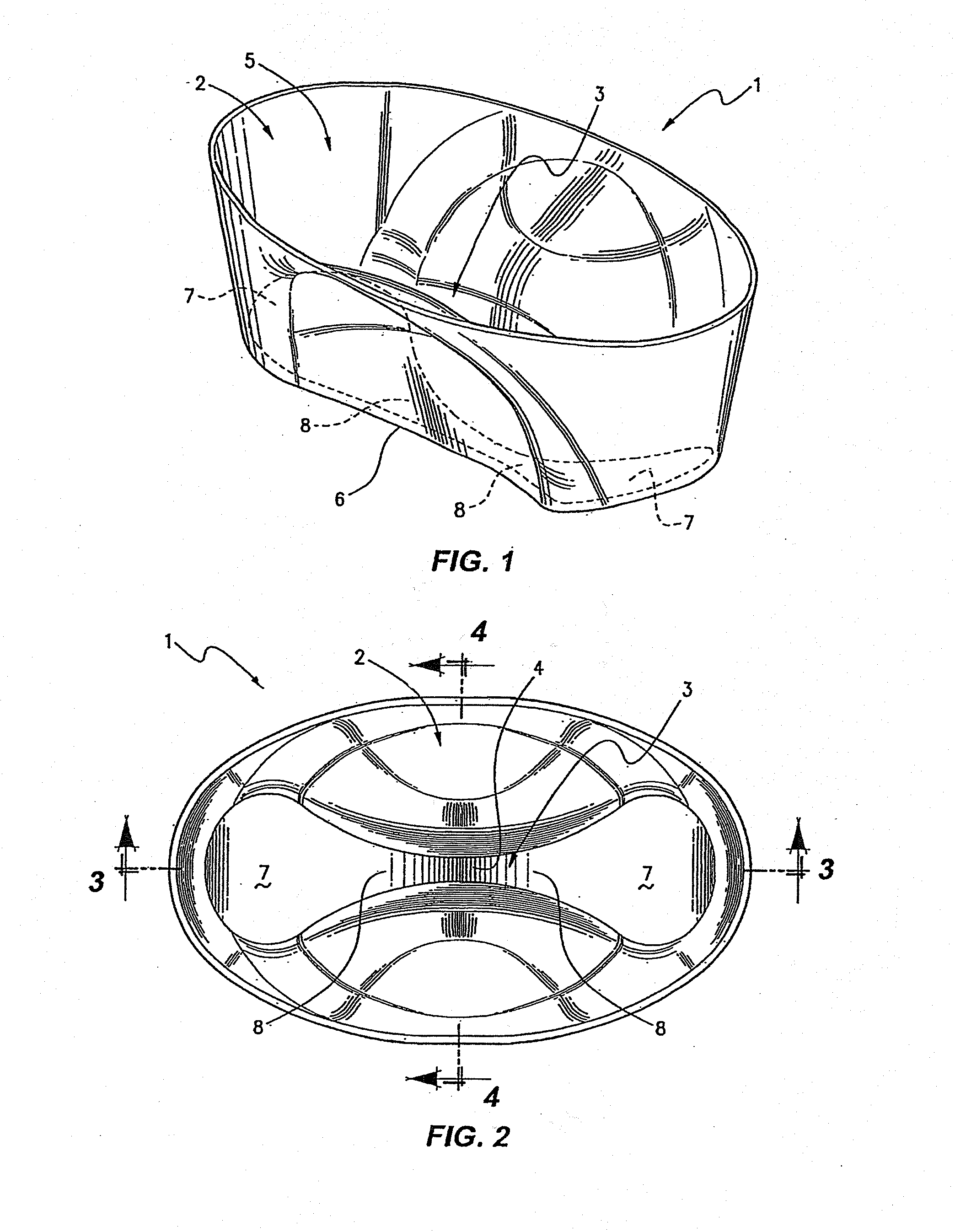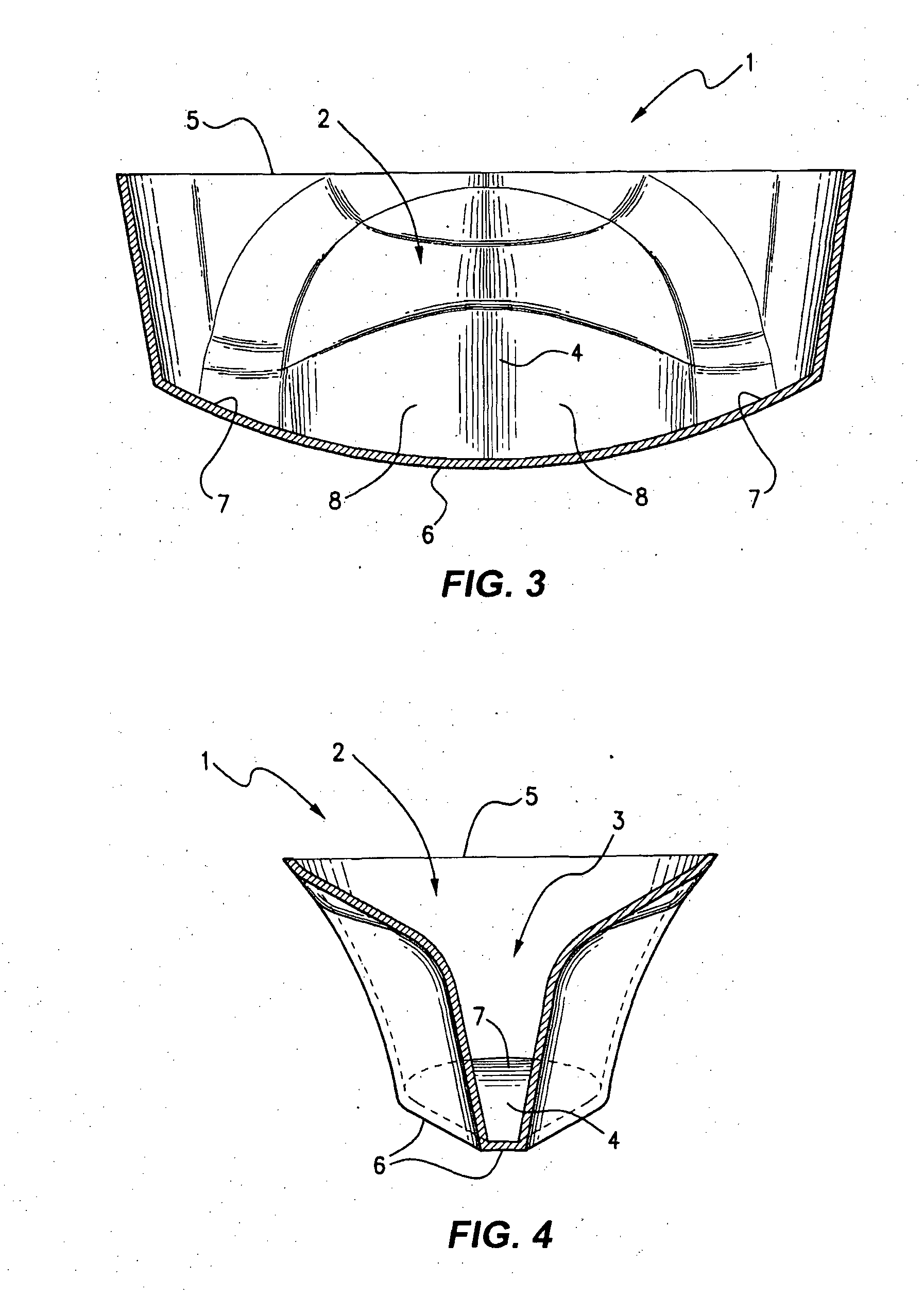Micromanipulation and Storage Apparatus and Methods
a technology applied in the field of micromanipulation and storage apparatus and methods, can solve the problems of biological material being subject to potential ice crystal formation, cryopreservation process, high degree of trauma to biological material in question, etc., and achieve the effect of reducing the handling of embryos
- Summary
- Abstract
- Description
- Claims
- Application Information
AI Technical Summary
Benefits of technology
Problems solved by technology
Method used
Image
Examples
example 1
Protocol Example 1
[0142]Protocol of cryopreservation of biological material comprising of:[0143]1. Introducing said biological material into the reservoir region of the vessel with cryobase.[0144]2. The cryobase is drained from the aspirate / dispense position.[0145]3. Vitrification solution 1 is dispensed filling the entire channel.[0146]4. The biological material is then allowed to equilibrate in vitrification solution 1.[0147]5. Vitrification solution 1 is drained from the aspirate / dispense position, leaving minimal amount of vitrification solution 1.[0148]6. Vitrification solution 2 is dispensed filling the entire channel.[0149]7. The biological material is then equilibrate for a very short time.[0150]8. Vitrification solution 2 is drained from the aspirate / dispense position leaving minimal amount of vitrification solution 2.[0151]9. The vessel and the biological material are then vitrified in liquid nitrogen.
example 2
Protocol Example 2
[0152]An alternative protocol is provided without the removal of vitrification solution 2 as follows:[0153]1. Biological material is placed into the vessel directly into the divot with cryobase.[0154]2. The cryobase is drained from the aspirate / dispense position.[0155]3. Vitrification solution 1 is dispensed into and filling the entire channel.[0156]4. The biological material is then allowed to equilibrate in vitrification solution 1, the vessel is dimensioned so that the biological material will roll back into the divot.[0157]5. Vitrification solution 1 is drained from the aspirate / dispense position, leaving minimal amount of vitrification solution 1 in the divot.[0158]6. Small volume of vitrification solution 2 (between 0.5 ul-2.5 ul) is dispensed into the channel covering both the divot and biological material.[0159]7. The biological material is then equilibrate for a very short time.[0160]8. The vessel and the biological material are then vitrified in liquid ni...
example 3
Protocol Example 3
[0161]In addition, a protocol involving the addition of non-permeating cryoprotectant to the cryobase / vitrification solution 1, is provided as follows:[0162]1. Biological material is placed into the vessel directly into the divot with cryobase.[0163]2. The cryobase is drained from the aspirate / dispense position.[0164]3. Vitrification solution 1 is dispensed into and filling the entire channel.[0165]4. The biological material is then allowed to equilibrate in vitrification solution 1, the vessel is dimensioned so that the biological material will roll back into the divot.[0166]5. Vitrification solution 1 is drained from the aspirate / dispense position, leaving minimal amount of vitrification solution 1 in the divot.[0167]6. Vitrification solution 2 is dispensed into the channel covering the entire channel.[0168]7. The biological material is then equilibrate for a very short time.[0169]8. Vitrification solution 2 is drained from the aspirate / dispense position, leaving...
PUM
 Login to View More
Login to View More Abstract
Description
Claims
Application Information
 Login to View More
Login to View More - R&D
- Intellectual Property
- Life Sciences
- Materials
- Tech Scout
- Unparalleled Data Quality
- Higher Quality Content
- 60% Fewer Hallucinations
Browse by: Latest US Patents, China's latest patents, Technical Efficacy Thesaurus, Application Domain, Technology Topic, Popular Technical Reports.
© 2025 PatSnap. All rights reserved.Legal|Privacy policy|Modern Slavery Act Transparency Statement|Sitemap|About US| Contact US: help@patsnap.com



